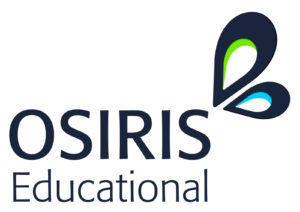3 models: 1.0. 2.0. 3.0. compliance, co-construction and spiralled

Stephen Cox
Stephen founded Osiris Educational in 1997 to provide pioneering solutions for teachers. He believes that learners deserve a great start in life and that this is achieved through an unrelenting focus on the impact of teaching and learning.
Digital learning refers to any type of learning that is driven by or uses digital technology. It, therefore, runs a wide gambit. This can either substitute traditional learning, supplement, augment or create new pathways in learning architecture.
The latter is the most exciting and least explored, particularly in education.
A dear colleague once explained that there are three approaches to learning. Digital learning falls into the same three models.
Model 1.0. Compliance
Knowledge is imparted in a linear fashion to a recipient. Response is required to verify receipt and understanding. This is very familiar; it is the hallmark of exams and qualifications. It is a good sorting mechanism between those who can study and those who struggle.

Focus; Pedagogy
Pros
- Easily understood and recognised
- Widely practiced
- Easy to award (exams and tests)
Cons
- Teaches compliance
- Dependent on teacher quality
- Expensive
- Punishes mistakes and errors
Model 2.0. Co-construction
Teachers and learners are seen as partners in the learning process. Challenge is central to the building of learning and learner dispositions.

Focus; Andragogy
Pros
- Learning is more engaging and enjoyable
- Motivation lies in the approach rather than creative presentation
- Used by the best teachers to deepen learning in processes such as P4C and independent inquiry
- Humans put ahead of technology, testing wetware[1] to the full
Cons
- Can be ineffective as traditional measures are imposed on process-based learning
- Pressure for results can compromise methods. This frustrating experience undermines the development of learning dispositions and short circuits stuckness
- Expensive as it requires highly skilled teachers and significant training
Model 3.0 Spiralled
A cooperative model of learning. Collective process and engineering become the central building blocks of the learning process. The teacher becomes a facilitator. The learning in model 3.0 spirals, mirrors the natural movement of energy and produce self-sustaining cycles and potential for flow states (Csikszentmihalyi).

Focus; Heutagogy
Pros
- Mistakes and dead ends become central engines to the learning process
- Cheap; expertise is sought rather than salaried
- Knowledge transfer is integral and encouraged rather than delineation by subjects
- Leverages social learning and group intelligence
Cons
- Expertise required; lack of understanding of this model and its applications make it tough to find teachers
- Unfamiliarity: most people don’t like failing, or seeing their charges struggle
- Traditional routes are not structured to support this approach
For me, digital learning offers the chance to democratise knowledge; allowing us to move easily between all three models.
If the predictions around AI and robots play out as they have thus far, repetitive and fungible jobs will disappear. It began with supplanting manufacturing, customer service and agricultural supply. The next stage has already started with the automation of driving, delivery fulfilment, diagnostics and accountancy services.
Even without further advances, there is an oversupply of graduates into the remaining areas of industry. First, it was the working-class jobs disappearing, now it’s the middle. Savers struggle, pensions are devalued, investments become frustratingly unreliable.
Humans are in the unique position of possessing the finest technology ever developed, the mind. We are the first generation who may be able to determine our own evolution.
If we are to thrive it will be as a result of our wetware. That requires us to read the user’s manual, educate ourselves across all three models and do so fast, before it’s too late. The planet struggles already to support our profligate consumerism. Mental health issues are on the rise. Viruses, on which we humans are also built, threaten our weakened evolved form. Digital learning may hold the key, not to substitute our thinking, but to support our learning and understanding of our operating potential… which is fairly boundless.
It’s time to understand and embrace the digital future of learning.
[1] Have a look at next week’s blog for a longer look at wetware and its educational significance.


